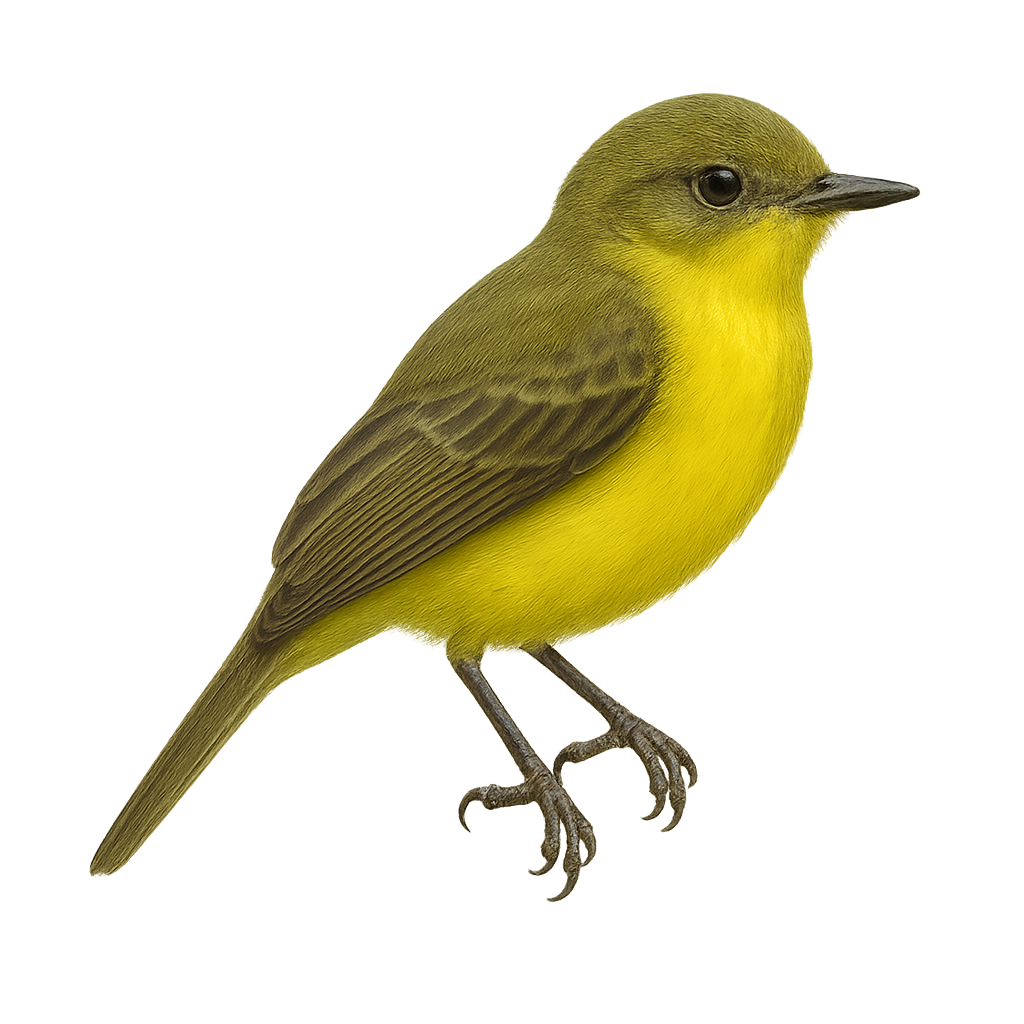Your wildlife photography guide.
Explore the sharp-winged tyrannulet in detail, study its behavior, prepare your shots.
Where to observe and photograph the sharp-winged tyrannulet in the wild
Learn where and when to spot the sharp-winged tyrannulet in the wild, how to identify the species based on distinctive features, and what natural environments it inhabits. The WildlifePhotographer app offers tailored photography tips that reflect the sharp-winged tyrannulet’s behavior, helping you capture better wildlife images. Explore the full species profile for key information including description, habitat, active periods, and approach techniques.
Sharp-winged Tyrannulet
Scientific name: Pseudocolopteryx acutipennis

IUCN Status: Least Concern
Family: TYRANNIDAE
Group: Birds
Sensitivity to human approach: Suspicious
Minimum approach distance: 10 m
Courtship display: November to December
Incubation: 14-16 jours
Hatchings: November to January
Habitat:
Wetlands, marshes, flooded meadows
Activity period :
Primarily active during the day, with peak activity in the morning and late afternoon.
Identification and description:
The Sharp-winged Tyrannulet is a small passerine bird from the Tyrannidae family, known for its pointed wings and subtle plumage. It primarily inhabits wetlands and marshes in South America, especially in Argentina, Paraguay, and Uruguay. Its song is melodious, although it is often hard to spot due to its small size and discreet behavior. It mainly feeds on insects, catching them in flight or on leaves. The breeding season varies by region but typically occurs in spring. Nests are often built in low shrubs, hidden from predators.
Recommended lens:
400 mm – adjust based on distance, desired framing (portrait or habitat), and approach conditions.
Photography tips:
To photograph the Sharp-winged Tyrannulet, it is advisable to use a 400mm lens or longer to capture detailed images without disturbing the bird. Look for it in wetlands or marshes, where it is often active during the day. Be patient and discreet, as this bird is suspicious and may quickly fly away if disturbed. Use a tripod to stabilize your camera and wait for the right moment to capture its natural behavior, especially when hunting insects.
The WildlifePhotographer App is coming soon!
Be the first to explore the best nature spots, track rutting seasons, log your observations, and observe more wildlife.
Already 1 432 wildlife lovers subscribed worldwide

